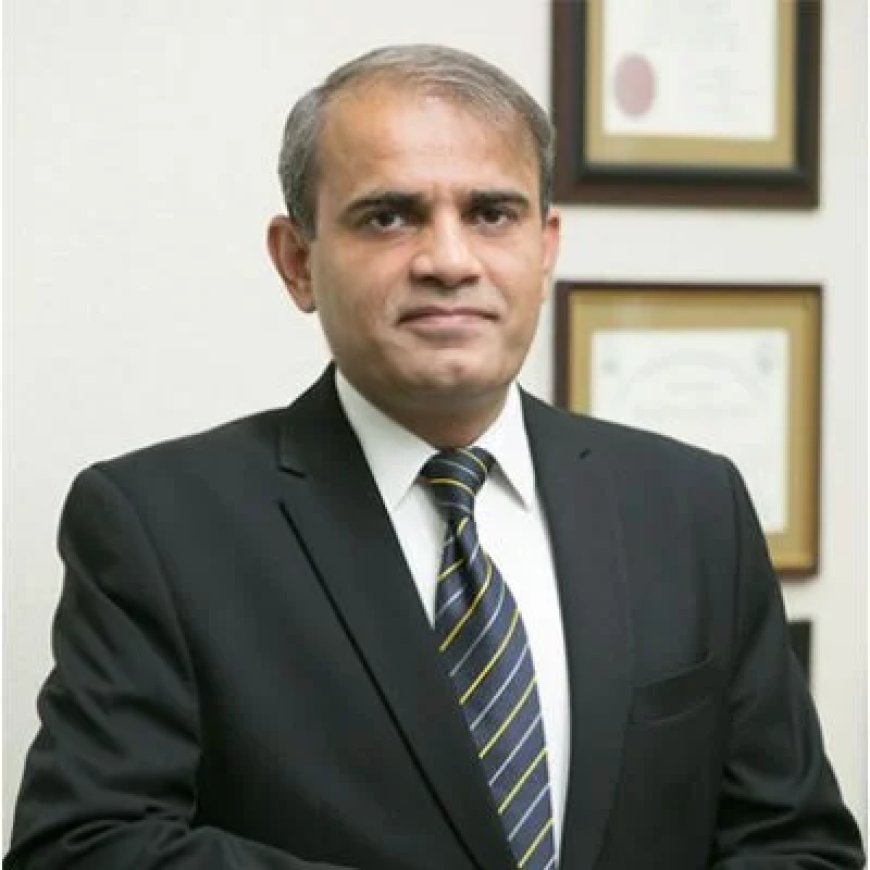What kind of stitches do plastic surgeons use?

When it comes to aesthetic and reconstructive procedures, the expertise of a plastic surgeon in Islamabad plays a crucial role in achieving optimal results. One of the most significant aspects of these procedures is the type of stitches or sutures used. Plastic surgeons carefully select sutures to ensure minimal scarring, enhanced healing, and superior cosmetic outcomes. This blog explores the different types of stitches plastic surgeons use and their specific purposes.
Types of Stitches Used by Plastic Surgeons
1. Absorbable Sutures
Absorbable sutures are designed to break down naturally in the body over time. These sutures eliminate the need for removal, making them convenient for internal tissues. Common materials used for absorbable sutures include polyglycolic acid, polydioxanone (PDS), and polyglactin.
Advantages of Absorbable Sutures:
- No need for suture removal
- Reduced risk of infection
- Ideal for internal tissues and deeper layers
2. Non-Absorbable Sutures
Non-absorbable sutures are made from materials that do not dissolve in the body. They are typically used for skin closure and areas where long-term support is needed. These sutures are removed after the wound has sufficiently healed.
Common Materials:
- Nylon
- Polypropylene
- Silk
Benefits:
- Provides strong, long-lasting support
- Preferred for external skin closures
- Reduces the risk of wound dehiscence
Specialized Suturing Techniques
1. Subcuticular Sutures
Subcuticular sutures are placed just beneath the skin surface in a continuous or interrupted manner. This technique is favored for cosmetic surgeries as it leaves minimal visible scarring.
Key Features:
- Hidden stitches beneath the skin
- Reduced risk of track marks
- Excellent aesthetic results
2. Mattress Sutures
Mattress sutures, both horizontal and vertical, provide extra tension to the wound edges. They are useful for areas under high stress or tension, ensuring proper wound closure.
Advantages:
- Enhances wound edge eversion
- Provides robust support
- Ideal for thick skin areas
Advanced Suturing Materials
1. Barbed Sutures
Barbed sutures have tiny barbs along the length of the thread, allowing them to hold tissues without the need for knots. They are often used in facelifts and other cosmetic procedures.
Benefits:
- Faster suturing process
- Even distribution of tension
- Reduced risk of knot-related complications
2. Monofilament vs. Multifilament Sutures
- Monofilament Sutures: Made from a single strand, reducing tissue drag and infection risk.
- Multifilament Sutures: Braided strands offering better flexibility and knot security.
Factors Influencing Suture Selection
Plastic surgeons consider several factors when choosing the appropriate type of stitches:
- Location of the wound: Facial areas require finer sutures for minimal scarring.
- Tension on the wound: High-tension areas need stronger, supportive sutures.
- Patient’s skin type: Sensitivity and healing tendencies affect suture choice.
- Desired cosmetic outcome: Invisible sutures are preferred for aesthetic reasons.
The Importance of Suture Technique in Plastic Surgery
The technique used to place sutures is as important as the type of suture material. Plastic surgeons employ meticulous methods to align tissues precisely, minimize tension, and promote optimal healing. Proper suturing techniques help prevent complications like hypertrophic scars, keloids, and wound infections.
Post-Suturing Care for Better Healing
After surgery, following the surgeon’s post-operative care instructions is vital to ensure the best results. Tips include:
- Keeping the wound clean and dry
- Avoiding direct sunlight to reduce scar pigmentation
- Following up regularly for suture removal if non-absorbable sutures are used
Why Choose Expert Plastic Surgeons?
Selecting a qualified and experienced plastic surgeon is essential for achieving the best surgical outcomes. Clinics like Royal Cosmetic Surgery PK offer state-of-the-art facilities and skilled professionals dedicated to patient safety and aesthetic excellence.
Conclusion
Understanding the types of stitches used in plastic surgery can help patients feel more informed and confident about their procedures. Whether it's absorbable or non-absorbable sutures, subcuticular techniques, or advanced materials like barbed sutures, plastic surgeons tailor their approach to ensure minimal scarring and optimal healing. For those considering cosmetic or reconstructive procedures, consulting with an expert plastic surgeon ensures the highest standards of care and results.
What's Your Reaction?






















